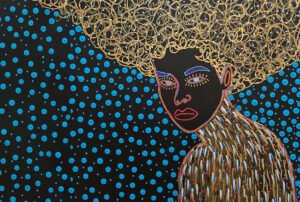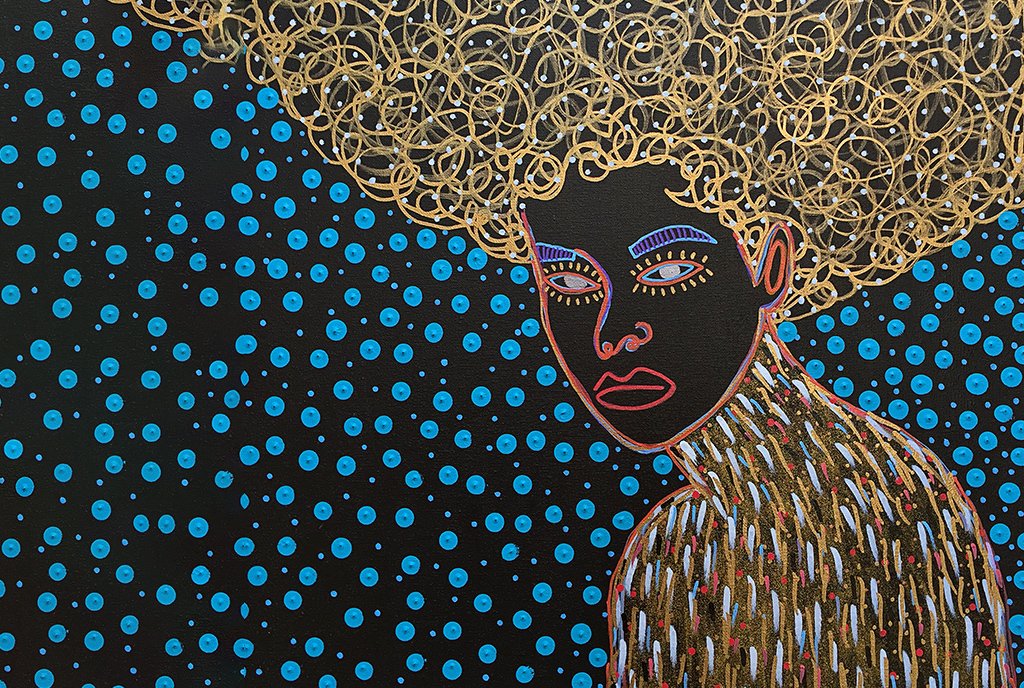
October 12, 2018; San Diego Union-Tribune
In San Diego, a nonprofit is losing its longtime founder—sort of. Christopher Yanov founded the youth-serving organization Reality Changers just short of twenty years ago, and it is apparently in good enough shape that Yanov thinks he can step back as CEO. This follows a year that saw six resignations from board members who saw Yanov as resistant to board decisions and unwilling to “professionalize.” Some also complained that Yanov was stacking the board with those who would vote with him.
These complaints reflect the we-love-you/we-hate-you rollercoaster experience of many nonprofit founders. From the outside, it is impossible to understand what’s at stake in terms of values and direction-setting and what’s in play in terms of influences and narratives. And while the dynamics reflected here are common, this experience of a relationship becoming tumultuous over time feels very personal.
To make matters worse, simply placing the problem on what we have come to know as “founder’s syndrome” can, at times, veil very real issues of disagreements in direction-setting. We would venture that if the board believes the founder is the problem, then the board is very likely the problem, too. In any case, these situations are rarely as simple as they are portrayed.
Sign up for our free newsletters
Subscribe to NPQ's newsletters to have our top stories delivered directly to your inbox.
By signing up, you agree to our privacy policy and terms of use, and to receive messages from NPQ and our partners.
It should be said that this is not a complete split, with Yanov recruiting a far more representative board before stepping away for a few months’ respite and then coming back as a senior advisor to do contract work. Meanwhile, the board chair will be serving as an unpaid interim executive director while a national search is conducted.
NPQ has noted more of these “both/and” situations—that is, transitions where the founder does not entirely leave. In fact, we even have a decade-old study on the phenomenon—at least in social change organizations—and we should try to do more research in this vein as a sector, as our ideas about shared leadership evolve.
At the same time, we might begin to stop subjecting founders to these highs and lows of feelings about them, ending our reliance on the “founder syndrome story” even though it’s sometimes on the money. A few years ago, Elizabeth Schmidt wrote an article called “Rediagnosing Founders Syndrome: Moving beyond Stereotypes to Improve Nonprofit Performance.” This should become a must-read for all of us, as we face transitions over the coming decade.
We’d love to hear from groups whose founders or longtime leaders maintained a relationship even as new leadership was brought on. Let us know how that worked out for you.—Ruth McCambridge













